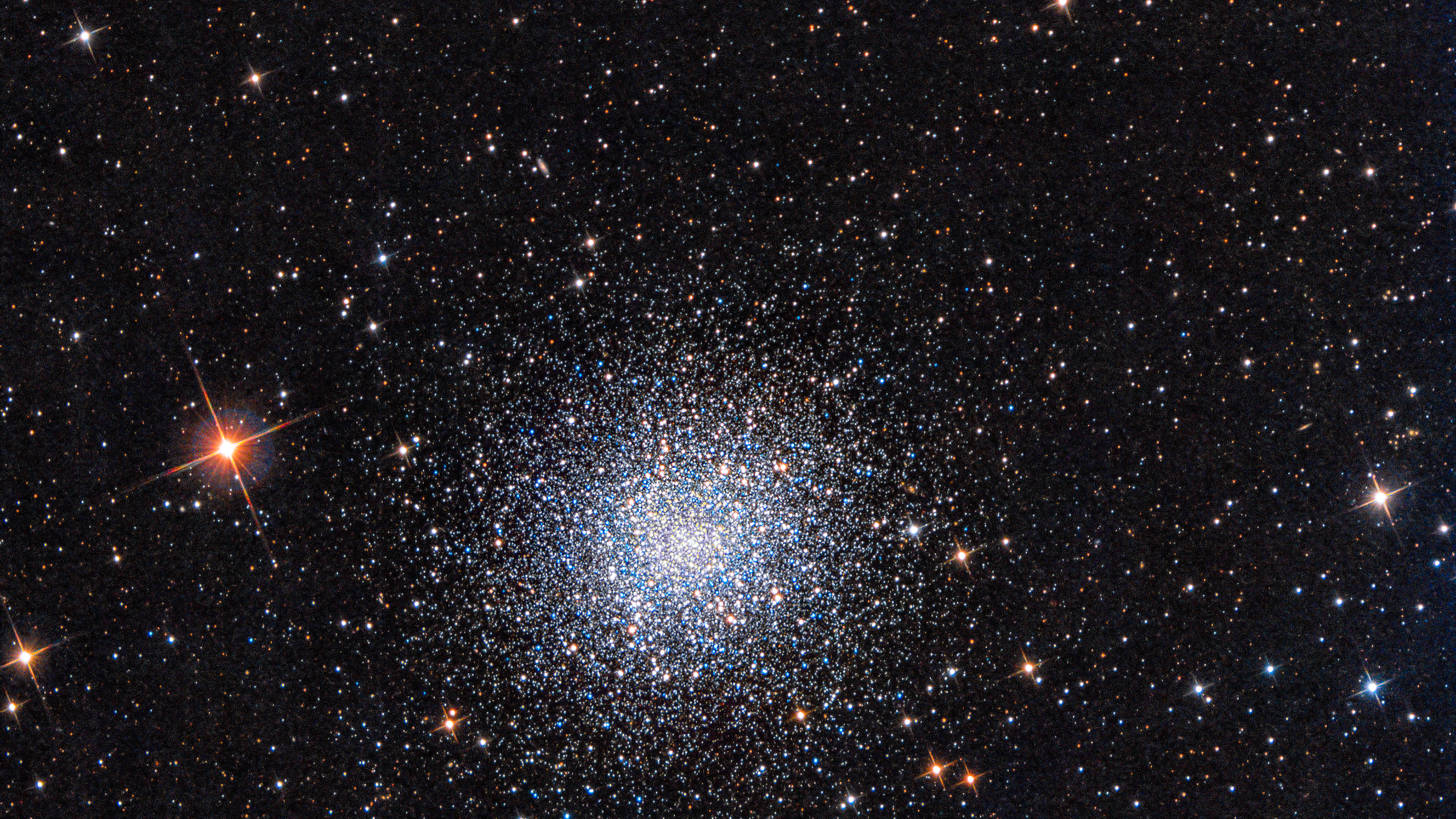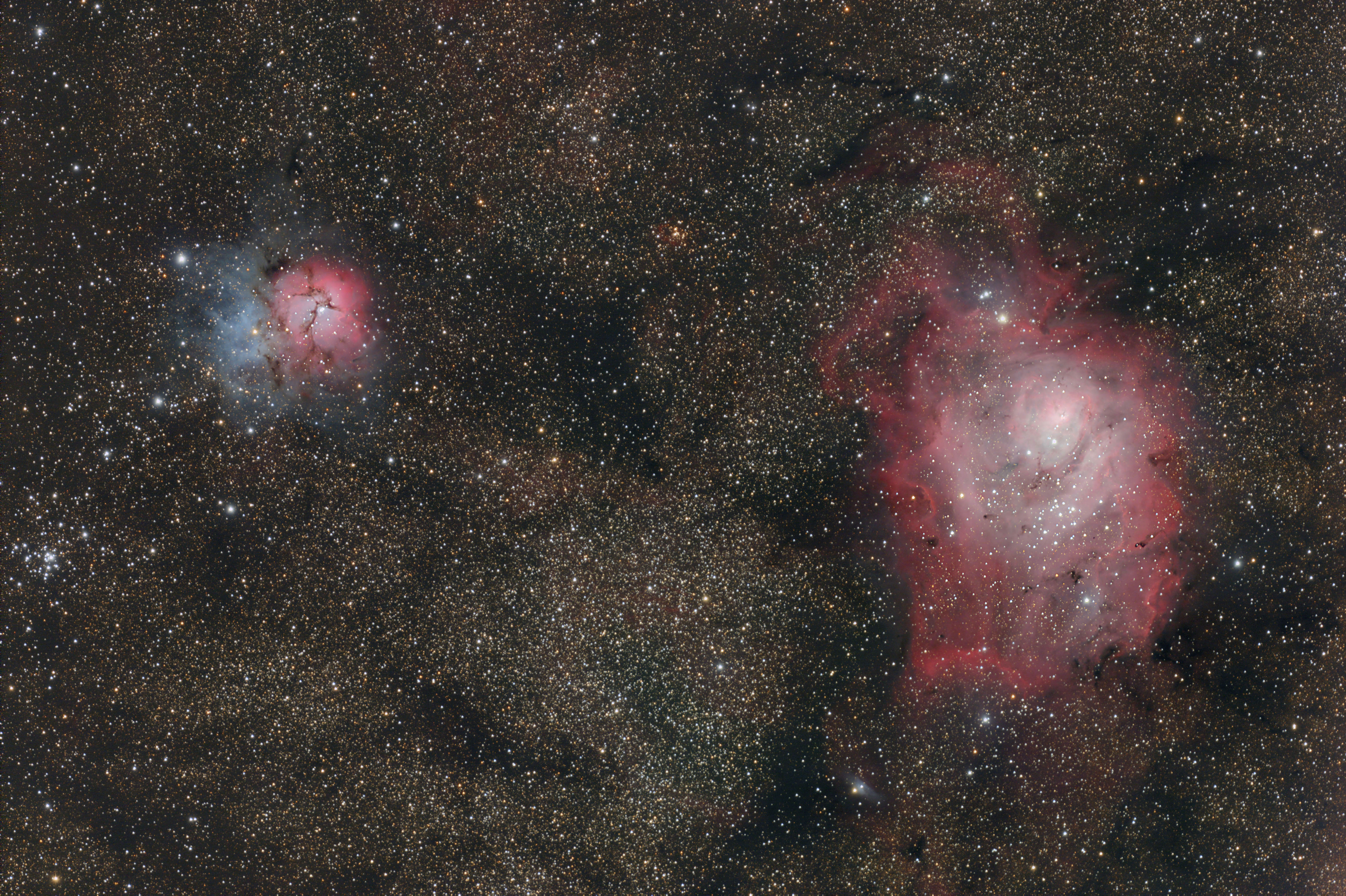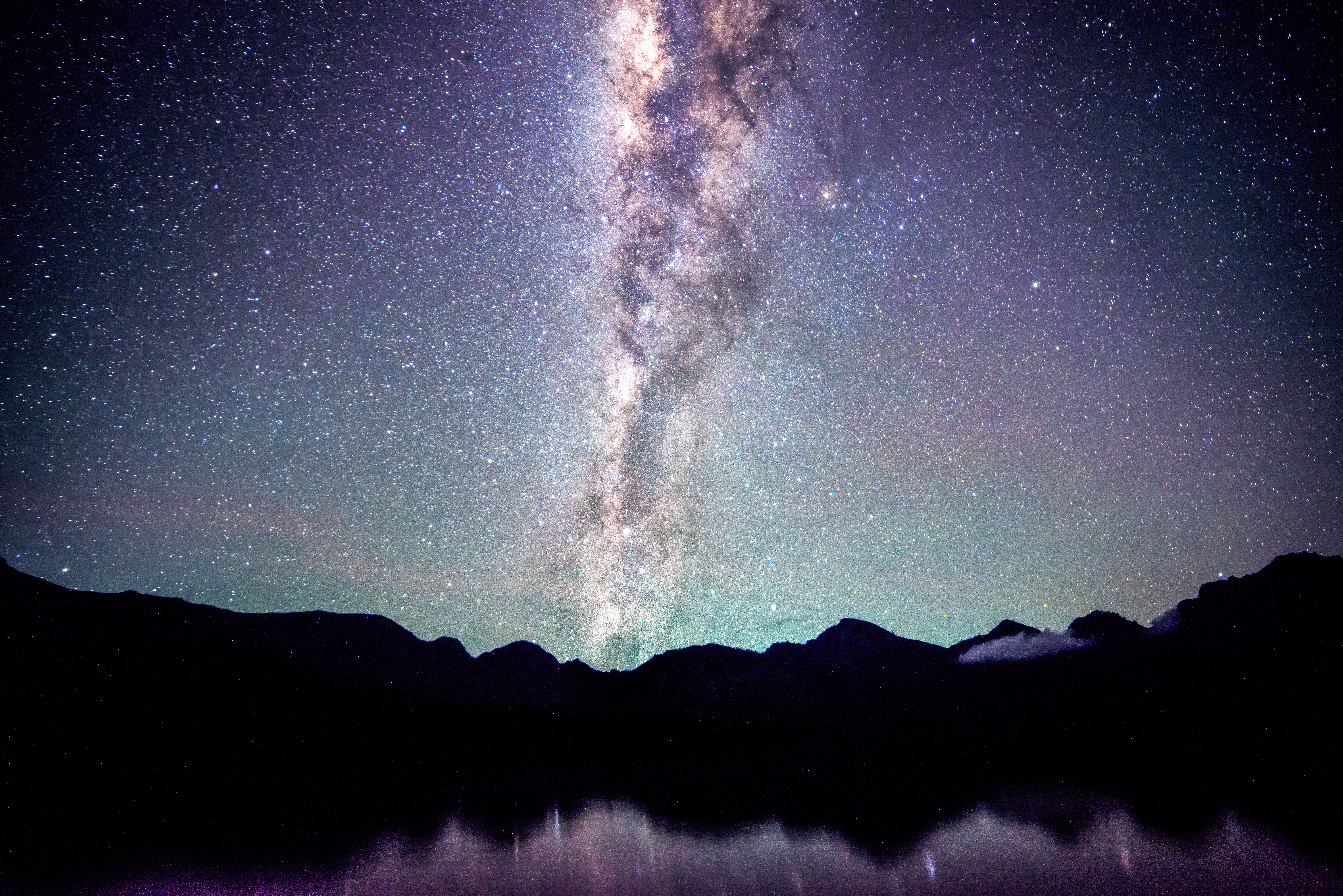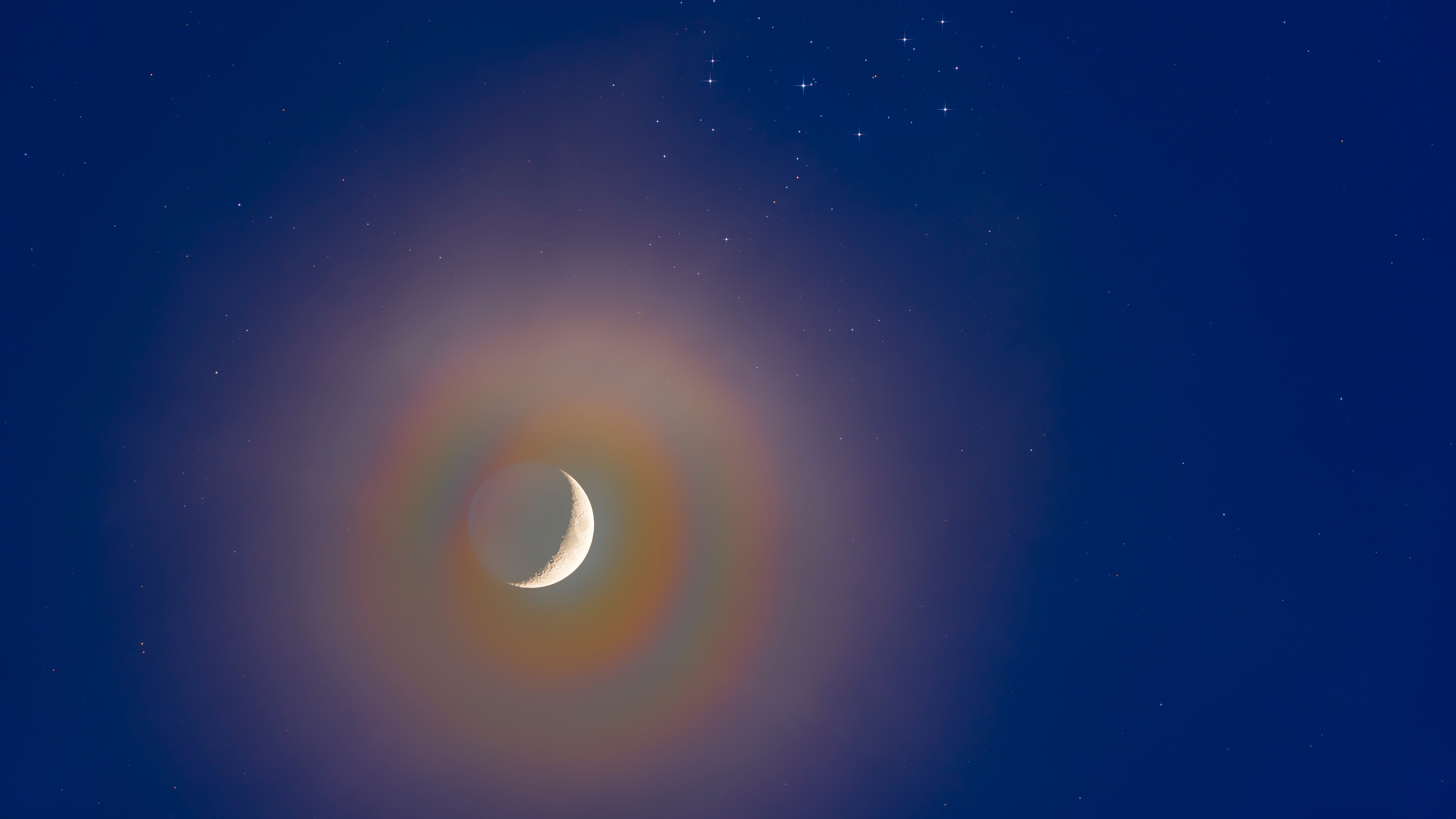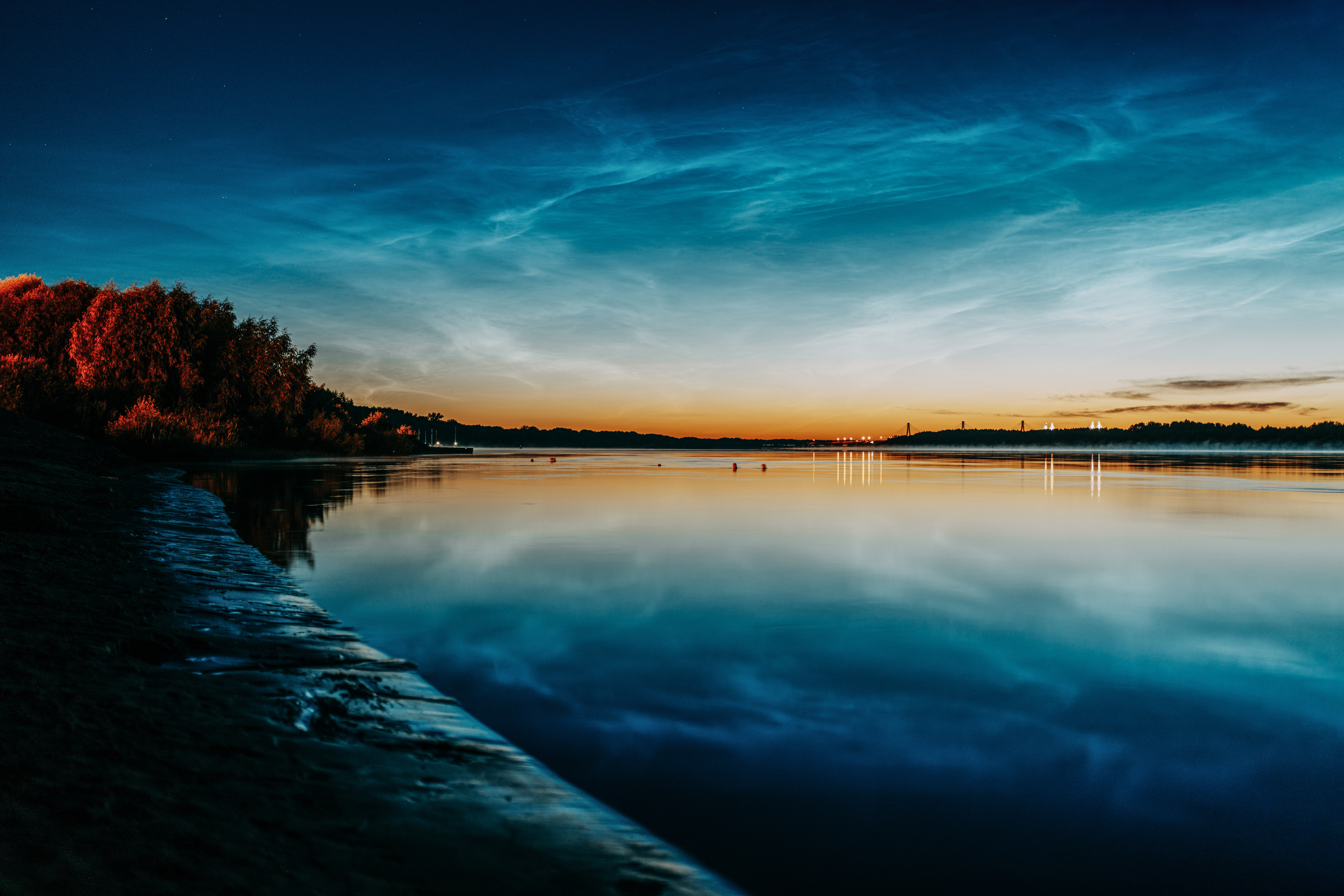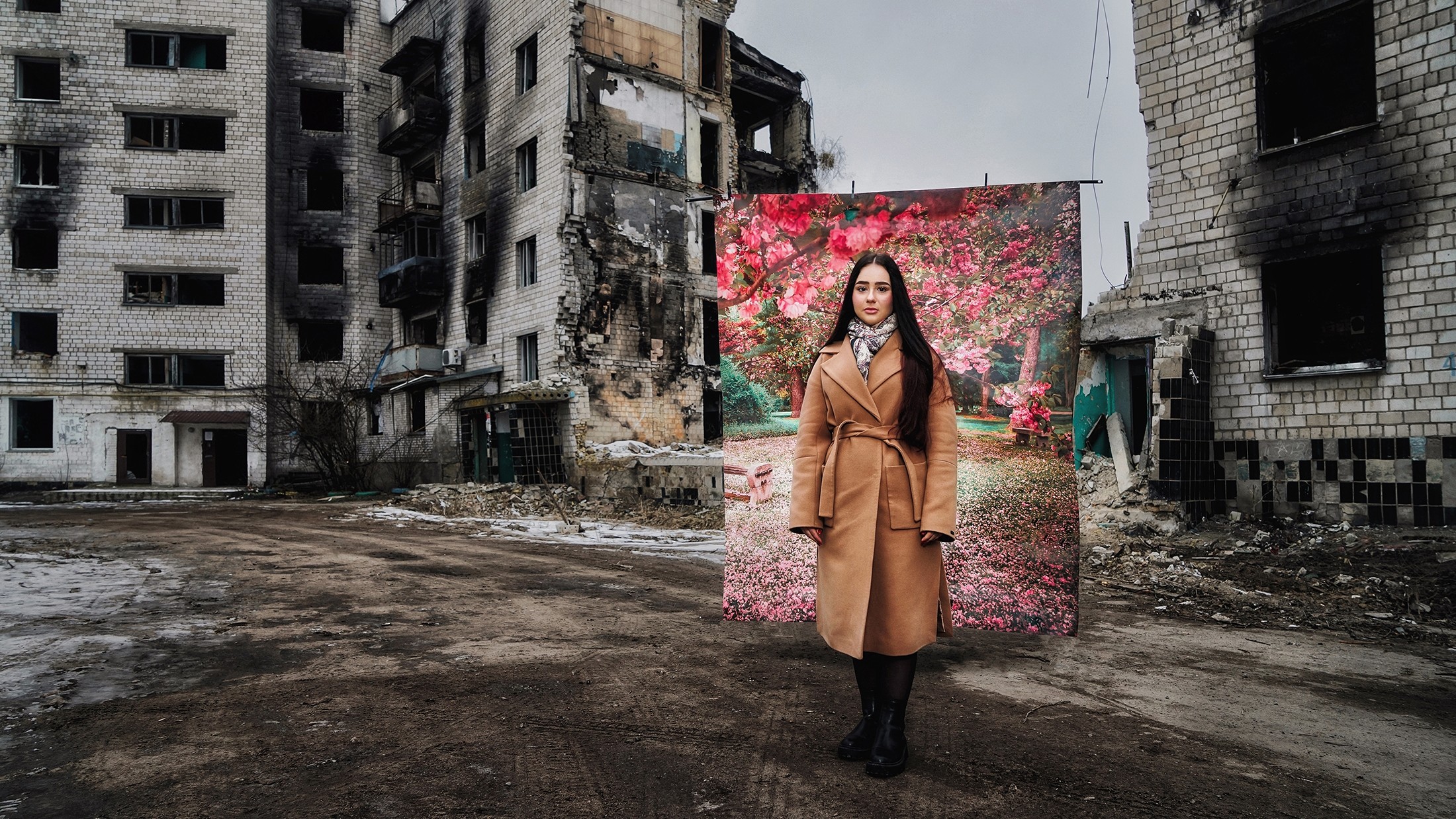Astrophotography in June 2025: what to shoot in the night sky this month
Here’s everything you need to know about what’s happening in the night sky this month
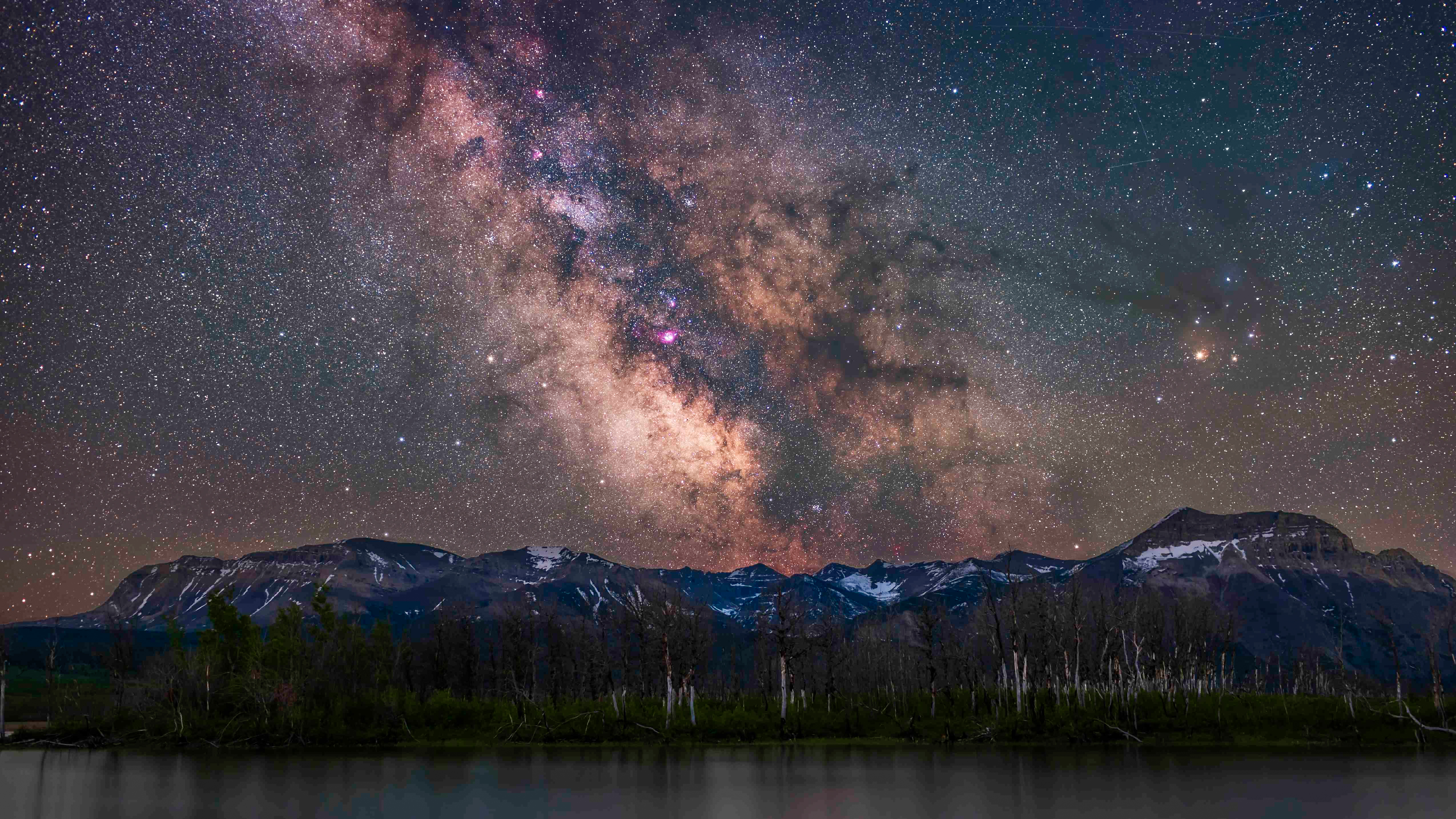
Deep-sky astrophotographers are in for a treat this month, with some of the most beautiful nebulae — and a globular cluster — at their best, though with the solstice on 20 June, astronomical darkness will be hard to find. However, such a thing is hardly necessary for a trio of conjunctions this month involving the crescent moon, Mars, the Pleiades, and Regulus, the “Heart of the Lion.”
Here’s everything you need to know about astrophotography in June 2025.
Wednesday, 4 June: The Hercules Cluster (M13)
This is the perfect night for deep-sky astrophotographers to image one of the most beautiful objects in the summer night sky. M13 is the prime example of a globular cluster, a dense ball of hundreds of thousands of ancient stars almost as old as the universe itself that orbits in the halo of the Milky Way. It’s called the Hercules Cluster because it’s found in the constellation Hercules, which is high overhead at midnight this month, so in the darkest part of the night sky as seen from the Northern Hemisphere. M13 is about 20,000 light years from the solar system — and a fabulous target for telescopes using CCD cameras and smart telescopes like the Unistellar eVscope 2 and Seestar S50.
Read: Astrophotography: How-to guides, tips and videos
Tuesday, 10 June and Wednesday, 11 June: A southerly full moonrise
Though officially full on Wednesday, 11 June, moonrise where you live on Tuesday, 10 June is when to be out to catch the most southerly-rising full moon in 2025. This full “Strawberry Moon” is occurring during a major lunar standstill, a once-in-18.6-years event, meaning it will rise much farther to the southeast than usual. Use apps like PhotoPills and The Photographer's Ephemeris to plan a shot of it rising behind an unusual landmark.
Read: How to photograph the full moon
Saturday, 14 June: Lagoon Nebula and Trifid Nebula
Although both of these targets can just be seen with the naked eye from Bortle 1 or dark skies, the larger and brighter Lagoon Nebula (M8) and the smaller Trifid Nebula (M20) in Sagittarius are typically seen only in deep-sky astrophotography images. June is a wonderful time to explore Sagittarius, which is rich in nebulae and star fields, though the more southerly you are, the better view you’ll get (tip: wonderful views of Sagittarius are possible from Malaga in Spain and Florida in the U.S., two common places for family vacations).
The best camera deals, reviews, product advice, and unmissable photography news, direct to your inbox!
Read: The best light pollution filters
Monday, 16 June: Mars and Regulus in conjunction
Here comes a colorful close encounter in the west after dark. The red planet Mars and blue-white star Regulus in the constellation Leo will appear just 0.7 degrees apart while shining with almost identical brightness. It’s a rare chance to take an image showing contrasting colors — and an alternative to the seasonal cliche of the Albireo double star in the Cygnus constellation in the Summer Triangle (which is also high in the sky in June).
Read: The best cameras for astrophotography
Wednesday, 18 June-Saturday, 28 June: Dark sky window
The darkest night skies of each month are always those between the last quarter moon and a few nights after the new moon, when there’s little moonlight. That’s true this month, with the last quarter moon on 18 June signaling the return of moon-free evenings. However, there’s a huge spanner in the works in June’s astrophotography window for anyone who lives at northerly latitudes of the Northern Hemisphere — the solstice. It means astronomical darkness will be in short supply and, indeed, impossible at latitudes above 50 degrees north.
Read: The best star tracker camera mounts
Monday, 23 June: Pleiades and a crescent moon
If there was ever a reason to rise early, it’s this. A slender 6%-lit crescent moon will appear just half a degree from the Pleiades' open cluster of stars (also called M45 and the “Seven Sisters”) in the eastern sky this morning. The duo will rise at about 3:30 a.m. local time and be visible in twilight, and until dawn breaks. Venus will shine nearby. Use a DSLR or mirrorless camera with a telephoto lens (at least 100mm) on a tripod and keep exposures under one second to avoid blur, or bracket exposures to capture both the bright crescent and M45’s fainter stars.
Read: When to photograph the moon
Sunday, 29 June: Moon and Mars in conjunction
See the moon with a cherry on top tonight, when a quarter-lit crescent moon will shine in the west after sunset with Mars just a fifth of a degree above it. From parts of the Pacific and northern South America, the moon will briefly occult Mars. From twilight onwards, use a 200mm (minimum) telephoto lens on a tripod and use short exposures (1/100sec or faster) to capture the sharp crescent and Mars as a point of light.
Read: Best deep-space telescopes
Astrophotography Shot of the Month: Noctilucent clouds
Late June is the peak time of the year to see noctilucent clouds (NLCs) from mid-northern latitudes of the Northern Hemisphere. These shimmering, silvery-blue wispy clouds tend to appear in the northwest as summer nights darken, glowing long after the sun has set (principally because the sun doesn’t get that far beneath the horizon at this time of year), so watch from 30-90 minutes after sunset.
Formed from ice crystals clinging to meteor dust about 50 miles (80km) up, they sometimes get the nickname “space clouds” because they sit just beneath the Kármán line, Earth’s boundary with space. Camera settings will be similar to any twilight-night photography, which is to say, use a wide aperture (say, f1.8-2.8 or whatever your DSLR or mirrorless camera’s wide-angle lens can manage) and experiment with ISO and exposure. Start with ISO 400–800 and expose for one to six seconds.
Read more:
• The best light pollution filters

Jamie has been writing about photography, astronomy, astro-tourism and astrophotography for over 15 years, producing content for Forbes, Space.com, Live Science, Techradar, T3, BBC Wildlife, Science Focus, Sky & Telescope, BBC Sky At Night, South China Morning Post, The Guardian, The Telegraph and Travel+Leisure.
As the editor for When Is The Next Eclipse, he has a wealth of experience, expertise and enthusiasm for astrophotography, from capturing the moon and meteor showers to solar and lunar eclipses.
He also brings a great deal of knowledge on action cameras, 360 cameras, AI cameras, camera backpacks, telescopes, gimbals, tripods and all manner of photography equipment.
You must confirm your public display name before commenting
Please logout and then login again, you will then be prompted to enter your display name.
